On January 23, the Japan Food Export Platform, under the Japan External Trade Organization (JETRO) in Ho Chi Minh City, organized an event to introduce famous seafood from the two regions of Hokkaido and Tohoku to restaurant owners and chefs in Vietnam. This activity is part of the program to promote Japan-Vietnam exports.
Fresh seafood ingredients, imported directly from Japan, were displayed at the event. Through this, participants had the opportunity to experience firsthand how to prepare, process and enjoy famous seafood.
Hokkaido and Tohoku are two regions famous for fishing, aquaculture, and seafood in Japan. The seafood here is diverse with white fish, scallops, saury, salmon, bluefin tuna... famous all over the world .
Hokkaido is one of the four major islands in Japan. This region accounts for about a quarter of the country's seafood production and is famous worldwide for its diversity and quality.
The Tohoku region is also famous for its seafood. The Tohoku region is a collective name for six prefectures: Aomori, Akita, Iwate, Miyagi, Yamagata, and Fukushima. Due to the tidal collision of cold and warm water currents, cold-water fish and warm-water fish from each current converge, providing an abundance of seafood. Over 100 different types of seafood are caught off the coast of Fukushima Prefecture.
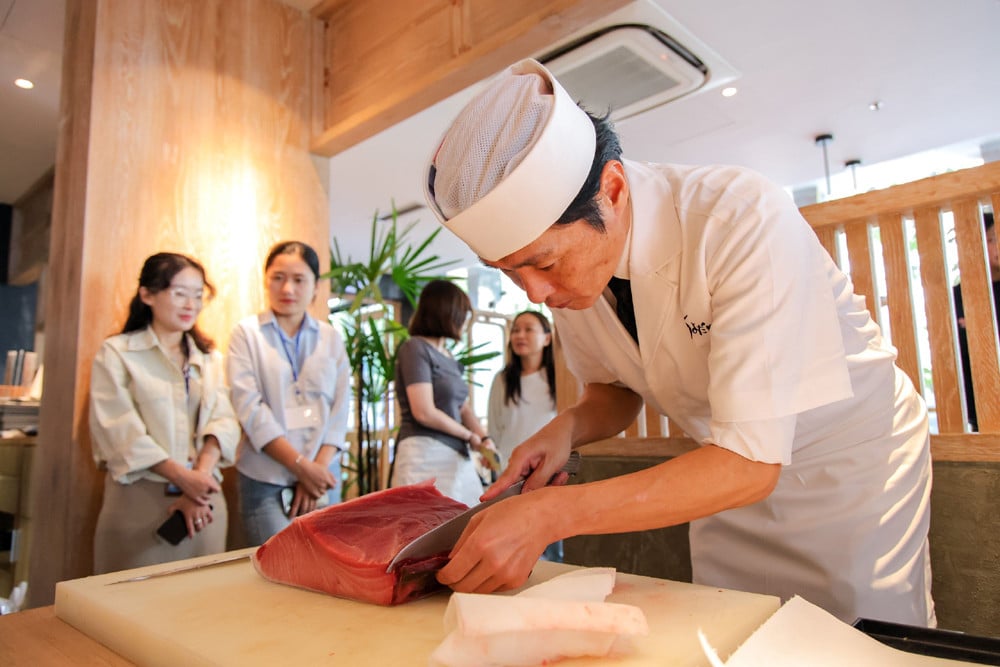
White fish (Hirame flounder and Kurosoi rockfish)
Hirame flounder and Kurosoi rockfish (nigiri sushi) are two whitefish from Aomori Prefecture.
This prefecture is located in the northernmost part of the Tohoku region, which is rich in fishery resources, surrounded by three seas: the Sea of Japan, the Tsugaru Strait, the Pacific Ocean, and Mutsu Bay. Warm and cold ocean currents intersect around Aomori Prefecture, creating a lot of plankton that serves as food for fish. While tuna, yellowtail, red sea bream, squid, mackerel, sardines, etc. move north with the warm ocean currents, salmon, cod, and Atka mackerel move south with the cold ocean currents, making this a rich fishing ground.
Flounder is usually prepared as a fillet, has a rich “umami” flavor, and the fins, called “engawa,” have a crispy texture. Meanwhile, Kurosoi rockfish has a delicious texture and a mild sweetness, and is a high-quality fish in Japan.
Mr. Yuya Arashima - General Director of a company specializing in consulting on business and importing Japanese goods shared: "Seafood from Hokkaido and Tohoku is extremely diverse and rich, but few Vietnamese people know about it. I want to introduce and bring many fresh ingredients from these two regions to more countries, including Vietnam".
Scallops
Scallops from Hokkaido are crispy due to the natural “massage” of the ocean waves. Meanwhile, scallops from Aomori (Tohoku) are produced in Mutsu Bay - where the waves are gentler, so the meat is relatively soft and sweet. Depending on your preferences, you can choose the appropriate type of scallop.
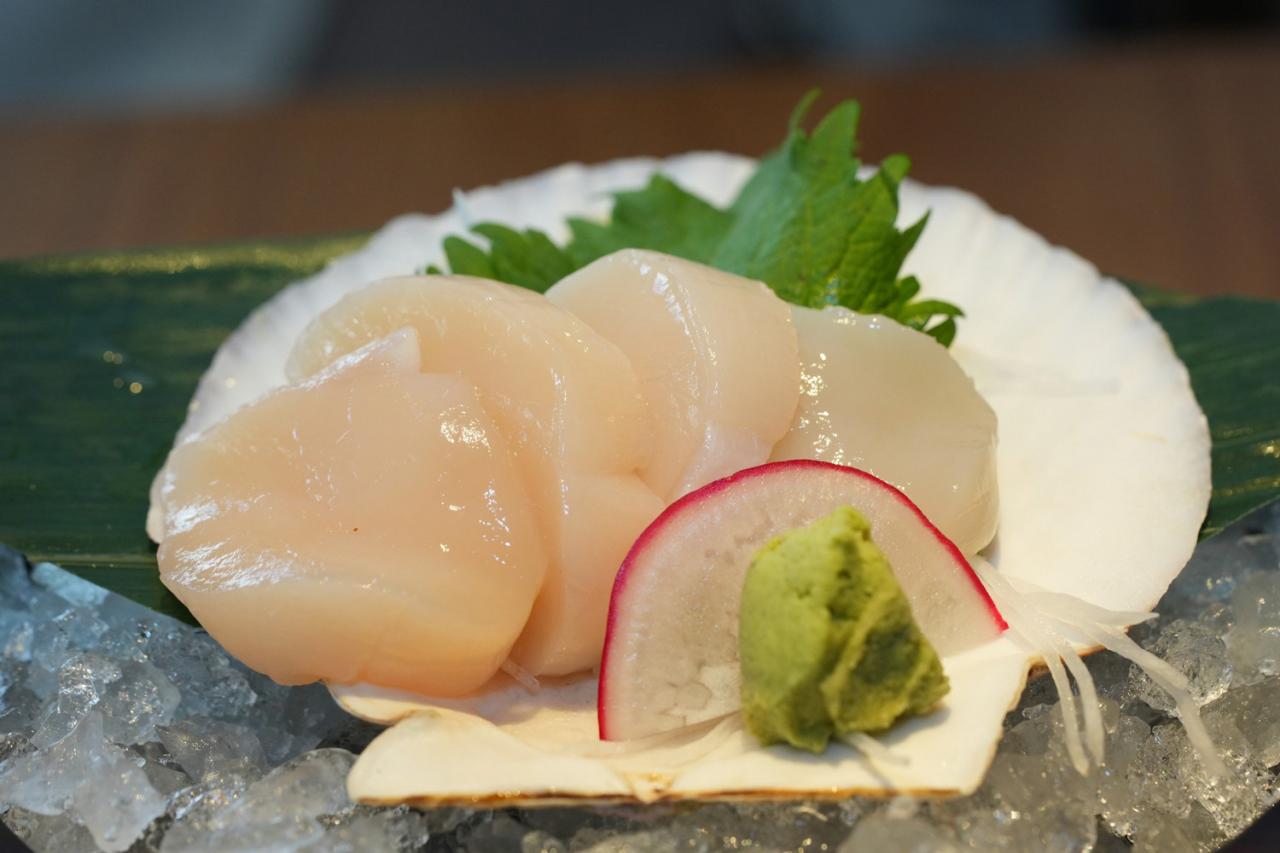
Mackerel
Pacific saury is harvested in Miyagi Prefecture. Miyagi Prefecture's coastline is about 828km long - the longest in the Tohoku region.
Saury (Sanma in Japanese) is an autumn fish. It has a long, slender body and is shaped like a silver sword. It is often grilled or salted. Some restaurants also use saury for sashimi or pickled.
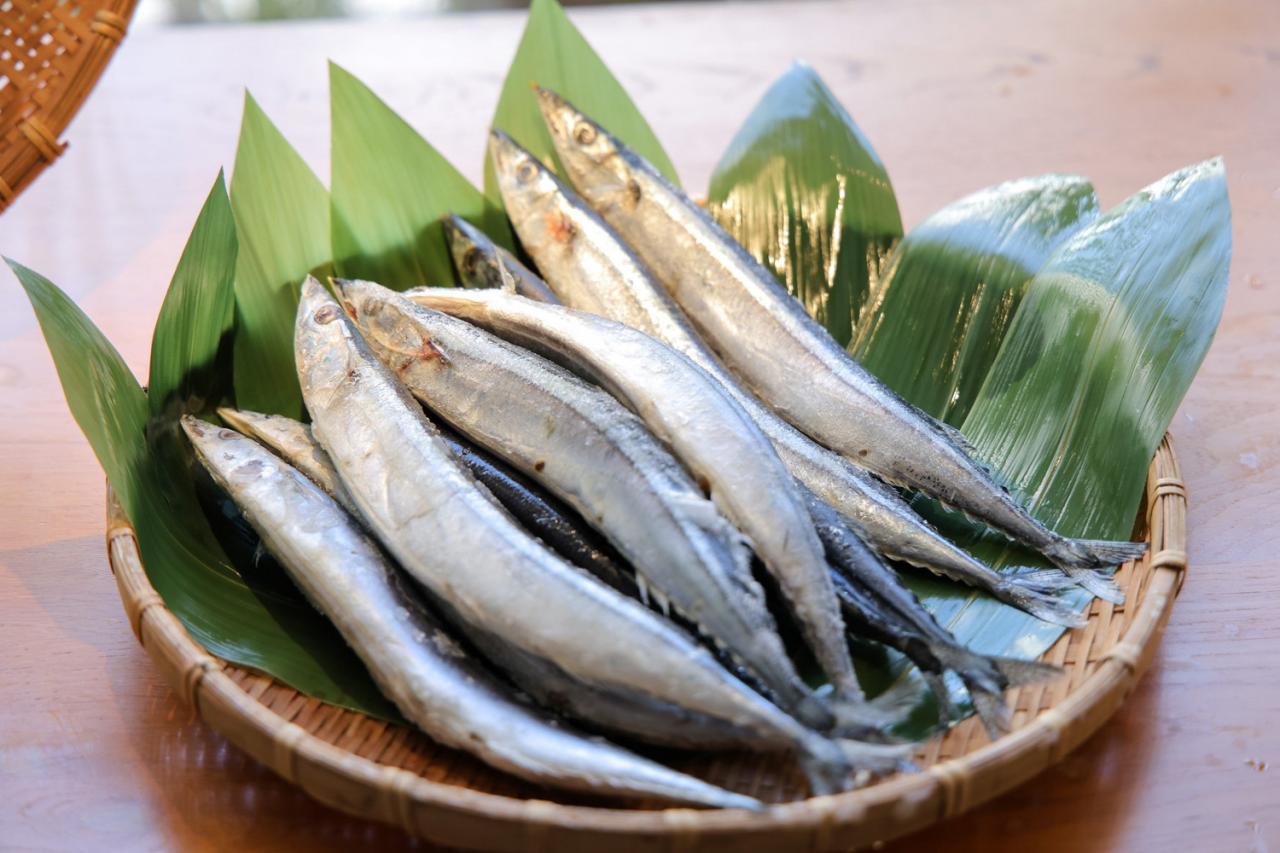
Salmon
Salmon from Aomori Prefecture is a popular and favorite fish in Japan. The fish is raised in cold seas with fast ocean currents, with a characteristic fatty and delicious taste. The fish is raised using modern technology, simulating the natural habitat of the fish at each stage, producing a fresh orange salmon product with a fatty, soft flavor in every piece of meat.
Mr. Yagi - representative of a food company specializing in the production and processing of salmon in Aomori province shared: "With more than 50 years of experience, our company hopes to bring salmon to many countries around the world. I hope that in the future, Vietnamese people will know and accept this nutritious fish dish more and more."
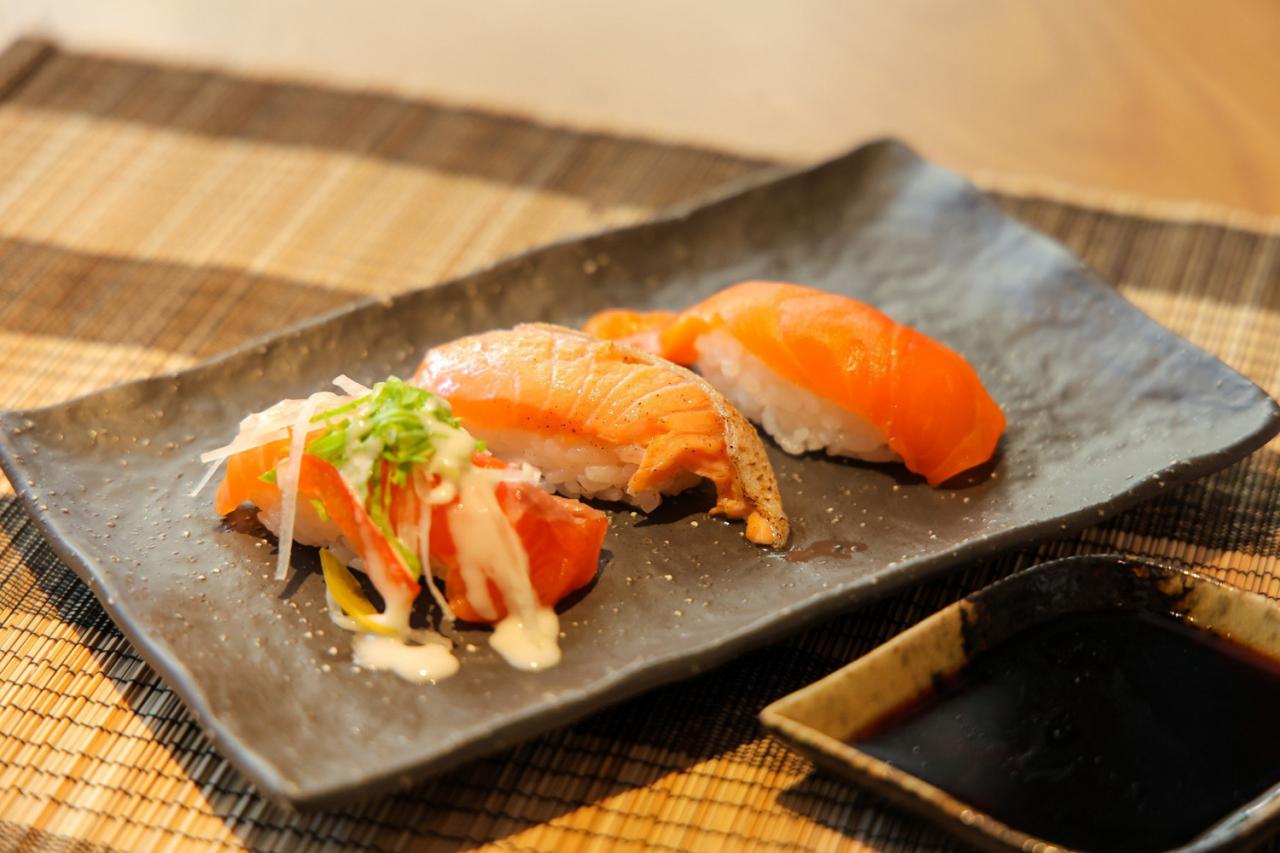
Bluefin tuna
Of the five types of tuna on the Japanese market, bluefin tuna is the largest, with some reaching up to 3m in length and weighing over 700kg. Bluefin tuna contains a lot of good fat and is known as the "black diamond" because of its beautiful dark appearance and the "king of tuna" because of its delicious fat and rich flavor.
This fish has 3 main parts including: Otoro, Chutoro and Akami.
Akami is the lean part of the back, low in fat, fresh in taste and chewy.
Chutoro has a moderate amount of fat, located in the belly and back areas. It is characterized by a harmonious balance between the fat and the toughness of the Akami part.
Otoro is the fattiest part of the belly and has a melt-in-your-mouth texture. It is the most expensive part of the tuna.
Mr. Tran Trung Tin - manager of a Japanese food store in Ho Chi Minh City shared: "Personally, I find seafood from Hokkaido and Tohoku quite easy to eat, with a natural, slightly sweet taste. This will be the favorite taste of Vietnamese people, so I believe it will be easily received positively by Vietnamese customers in the future."
The Dinh
Source



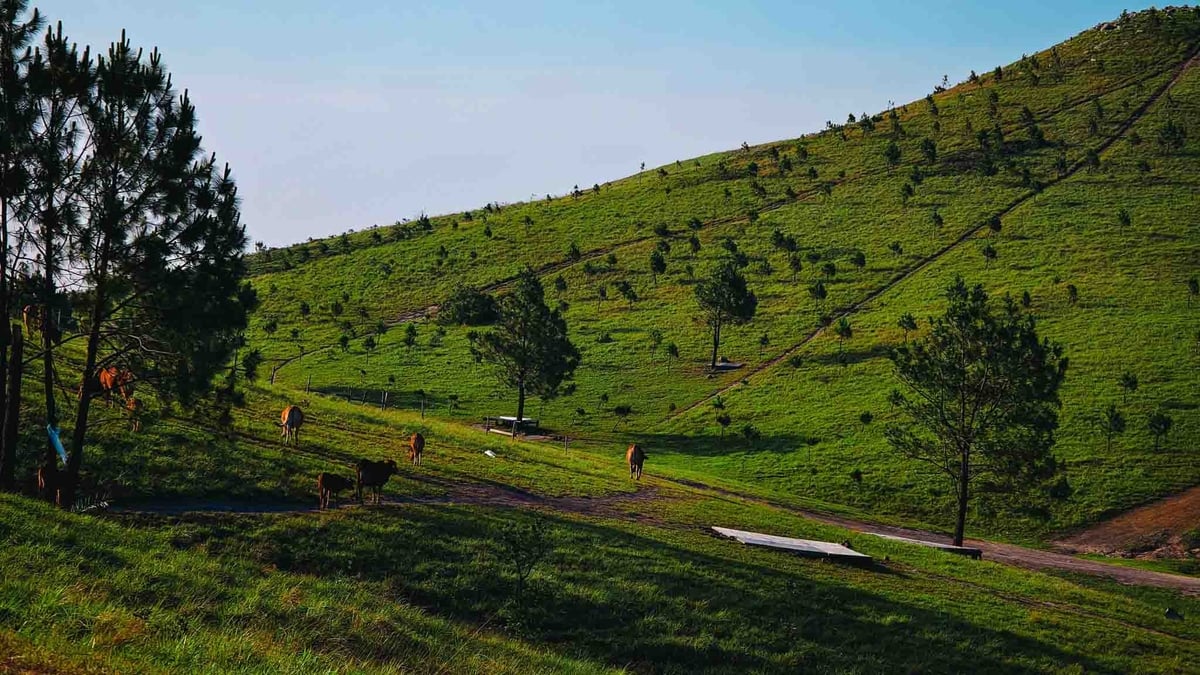

![[Photo] Prime Minister Pham Minh Chinh chairs the Government's special meeting on law-making in May](https://vphoto.vietnam.vn/thumb/1200x675/vietnam/resource/IMAGE/2025/5/22/1c880aae96fd4e0894abc47a46fe19ba)

![[Photo] Prime Minister Pham Minh Chinh attends the groundbreaking ceremony of Trump International Hung Yen Project](https://vphoto.vietnam.vn/thumb/1200x675/vietnam/resource/IMAGE/2025/5/21/ca84b87a74da4cddb2992a86966284cf)
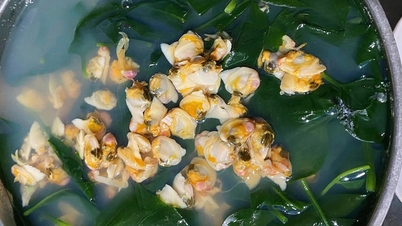
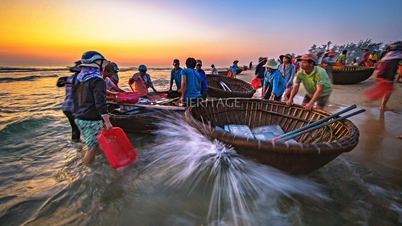



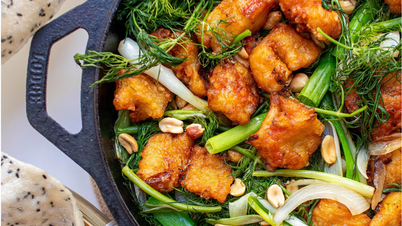




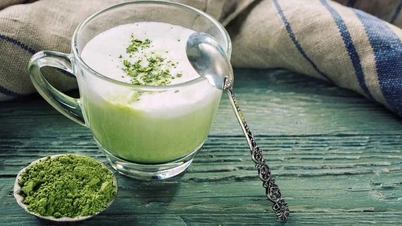

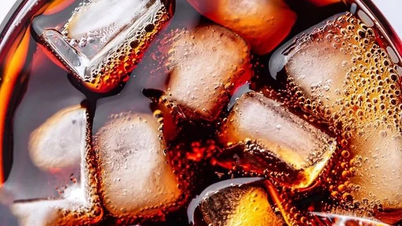
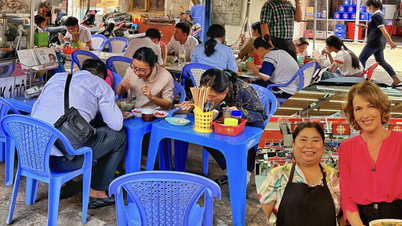
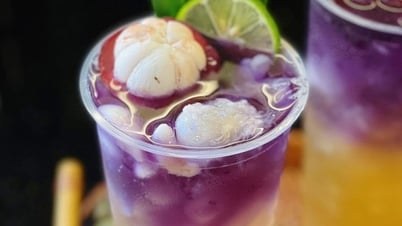

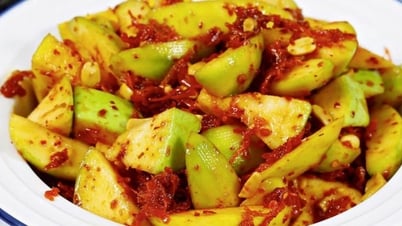
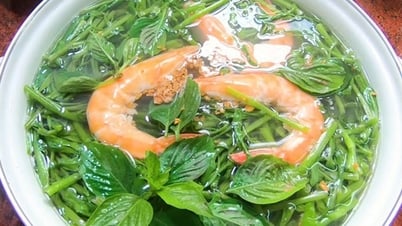













































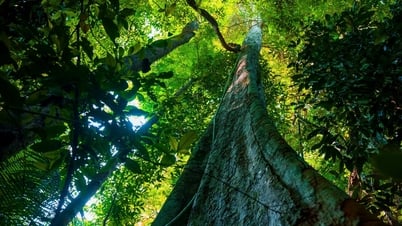

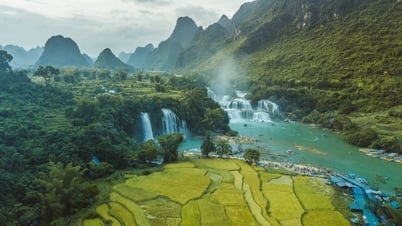


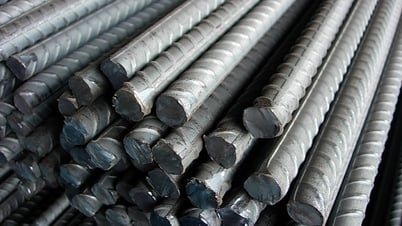

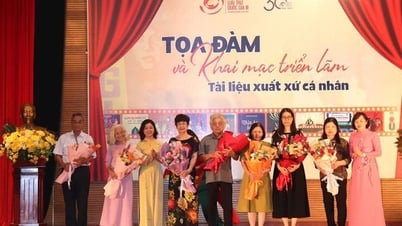
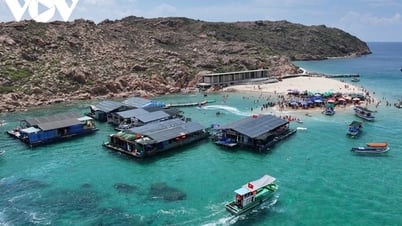







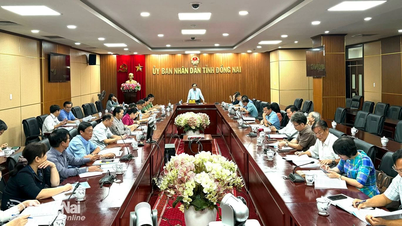










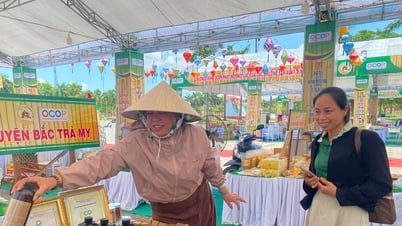


Comment (0)